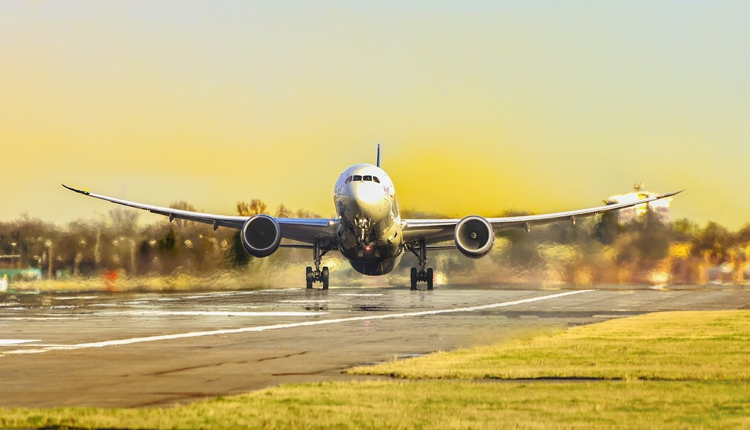The aerospace industry is growing at an exponential rate. In fact, by 2028 it is predicted that upwards of 38,000 aircraft will be in service, a vast increase from the 26,000 being used today. As a result, digitalisation is increasing the reliability and efficiency of aerospace systems across the world. Here, John Young, APAC director at automation parts supplier, EU Automation, explains how digitalisation is transforming the aerospace sector in the Asia-Pacific region.
Like many other industries, digitalisation is transforming the aerospace sector. Currently, there is already an uninterrupted flow of real-time information coming from aircrafts updating ground operations and the pilots on the status of systems, equipment and weather conditions. However, this is simply the beginning of what is possible with the integration of digital technology across the sector.
Artificial intelligence
Across maintenance departments in the industry, data is being monitored and analysed by artificial intelligence (AI) and machine learning systems. In fact, airlines in Asia have already begun implementing AI tools for simulation and data modelling of aircraft.
This information can then be used to decide precisely when an aircraft’s components should be replaced or repaired and when other maintenance is required. This integration has helped to ensure that the lifespan and function of individual parts are fully optimised, and the overall aircraft systems are kept safe.
By using AI to monitor and predict requirements, it is possible to ensure that all required maintenance equipment and parts are ready for when the time is right. Working with global automation part suppliers, like EU Automation, means you have access to any part that may be needed, at any moment in time.
Virtual reality
In recent years, Virtual Reality (VR) alongside big data has pushed the boundaries of predictive maintenance. Since 2016, the aerospace company Airbus has been making use of this technology to help boost Asia’s maintenance, repair and overhaul (MRO) sector inside its Hangar of the Future initiative in Singapore.
VR and augmented reality (AR) technologies are disrupting traditional techniques of aerospace maintenance by allowing engineers to see maintenance activities from new and unexplored angles. This means that new data can be captured, and advanced simulations can be created to train maintenance teams for future procedures, as well as allowing personnel and pilots to view and test virtual replicas of the aircraft equipment before physically handling them.
Cyber Security
One of the downfalls of rapid uptake in digitalisation is the risk of data security and breach of privacy. This uncertainty applies to the aerospace sector especially, where the increasing connectivity of systems is also putting aircraft at risk of hacking and attack from cyber criminals.
Countries in the Asia-Pacific region have been reported to be 80 per cent more likely to be victims of cyber theft as a result of their lack of awareness. Leading suppliers, however, can offer cyber security services and build a safe environment of data security and trust, while also helping organisations to avoid and recover quickly from cyber-attacks.
There is no shortage of digital technologies being used in the aerospace sector. These new and rising innovations are disrupting traditional methods of maintenance, operations and repair by providing experts with more intel about vital parts and the mechanical needs of aircraft. However, much of the vast quantities of data that technology such as AR and VR are producing still need to be kept secure. Only then can the digitalisation of aerospace fully flourish and continue to grow.
Share feedback and join the discussion on the Telegram Group
https://t.me/joinchat/

